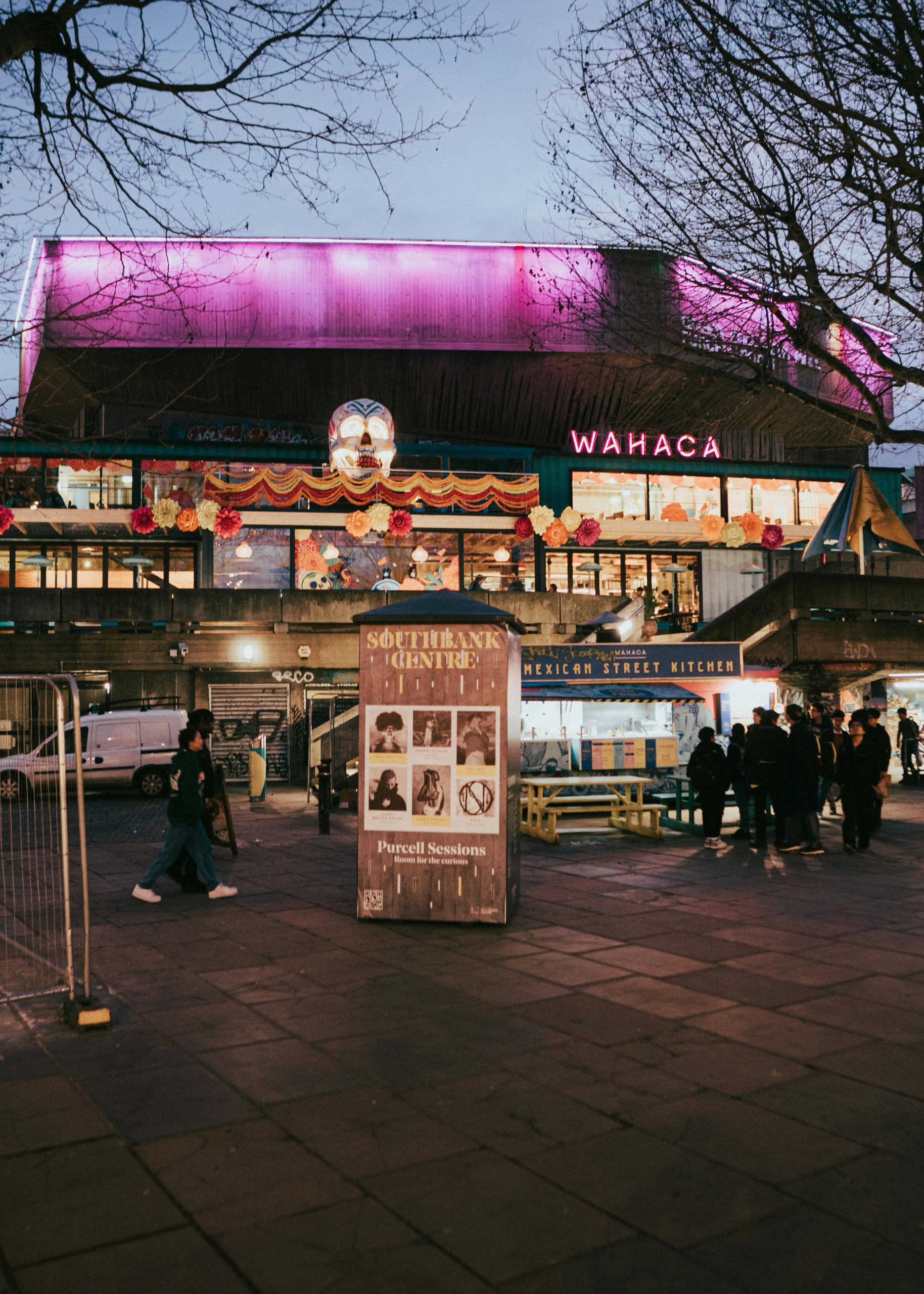Unraveling the Mystique of the Markings Under Waterloo Bridge
As I enjoy a moment of respite with a drink in hand beneath the iconic Waterloo Bridge, my gaze drifts to the intriguing markings that adorn the bridge’s underbelly. These cryptic symbols pique my curiosity, as I find myself contemplating their significance.
Are these engravings simply structural annotations left by engineers, or do they represent something more whimsical – perhaps a game of knots and crosses played by adventurous souls? The duality of their potential meanings invites a deeper exploration into the history and stories that linger in the shadows of this architectural marvel.
Every mark tells a story, be it one of craftsmanship or a spontaneous expression of creativity. It’s fascinating to think about the narratives behind these markings — a blend of artistry and practicality that makes one wonder about the fascinating lives that play out beneath our everyday journeys.
As I sit and ponder, I can’t help but feel a sense of connection to the myriad individuals who have traversed this bridge over the years. The allure of the unknown beckons, and one can’t help but appreciate the layers of history woven into the very fabric of our urban landscapes.
Next time you find yourself under Waterloo Bridge, take a moment to observe the markings overhead. They may just spark your own thoughts about the stories left behind in the most unexpected of places.


London’s Hidden Stories Beneath Waterloo Bridge
I completely agree with your fascination for the markings under Waterloo Bridge. As a resident of London, I find it remarkable how such details often go unnoticed amidst the city’s hustle. Historically, many of these engravings could be attributed to the construction crews, serving as either measurements or signatures, but it’s also intriguing to consider the possibility of personal touches or playful symbols left by workers or passersby over the years.
In fact, similar markings have been found in other London landmarks, often revealing layers of history and human stories that enrich our understanding of the city’s past. For example, some inscriptions in tunnels or on old buildings were made as a form of expression or documentation during times when recording was less formalized.
Such details foster a deeper appreciation of our urban environment, highlighting the layers of history that often go unnoticed. It’s a brilliant reminder that sometimes, the smallest markings can connect us to a richer,
Intriguing observations about the markings under Waterloo Bridge
As a fellow Londoner and history enthusiast, I find your reflections on these markings truly compelling. The layers of history and human stories woven into our city’s infrastructure often go unnoticed, yet they hold so much character and narrative potential.
Interestingly, many of the markings beneath historic bridges like Waterloo were originally used for engineering purposes, such as load calculations or construction references. However, over time, some of these engravings may have been repurposed or simply left behind by workers or artists, adding an element of serendipity to their interpretation.
Here’s a thought: exploring similar markings across London’s bridges and structures could reveal regional differences in construction practices or even uncover hidden art forms created by workers in moments of leisure. It might be worth consulting with local historical societies or archives to uncover documented stories or even photographs that detail the origins of these inscriptions.
Ultimately, these engravings serve as silent witnesses to London’s evolving landscape—an intersection of practicality, creativity, and history waiting to be more deeply appreciated. Thanks for bringing attention to this fascinating aspect of our city’s heritage